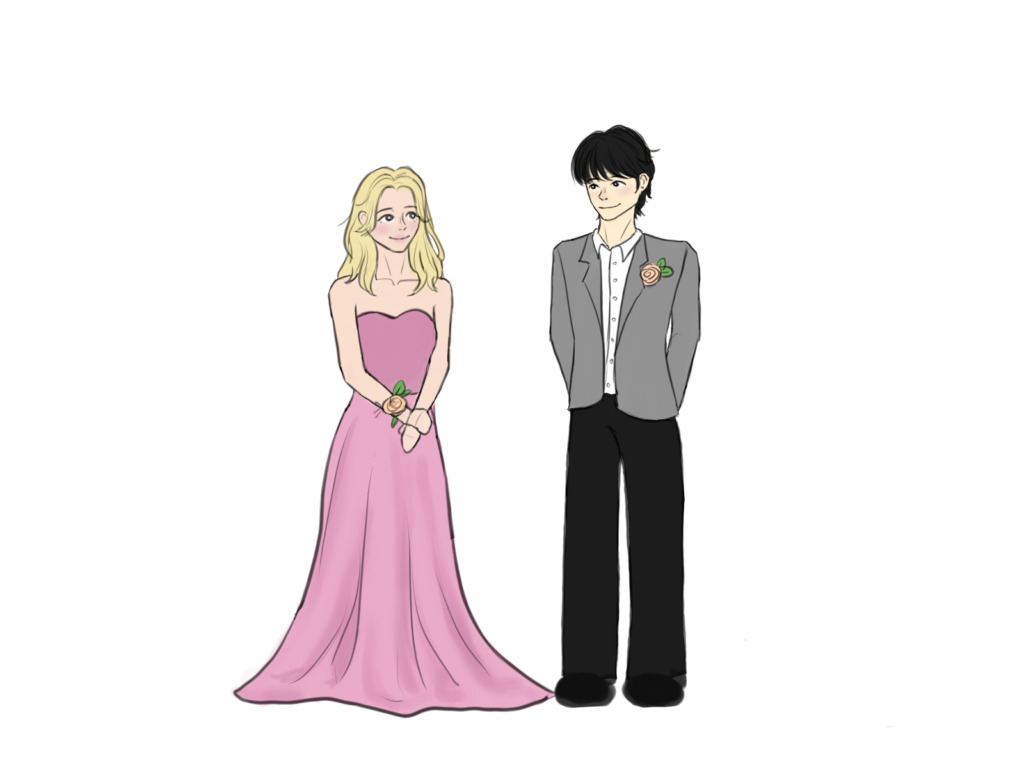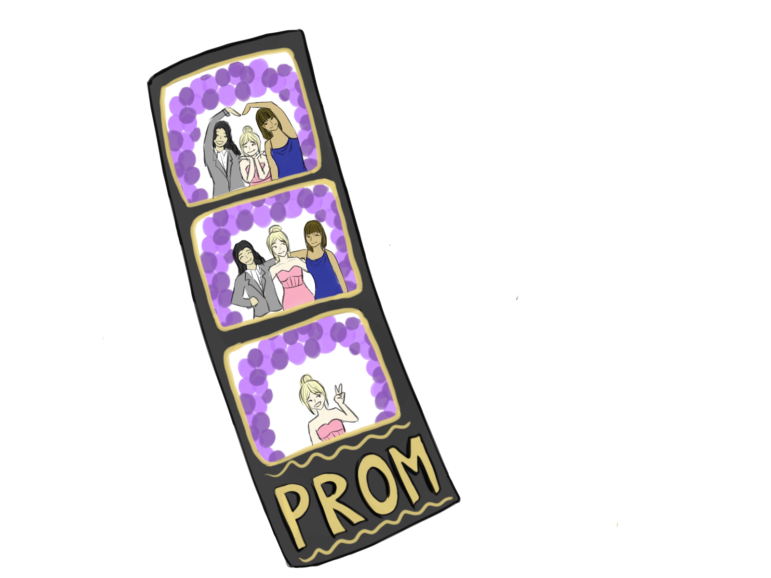
High school dances used to be all the rage in the late 1900s, whether it was homecoming, winter formal or prom, nothing could match the mystic feeling students would get once they stepped into their school gym that had been transformed from a stinky, sweaty athlete center, into a magical dance floor for students feet to glide across.
Yet the high school dances that are known and loved today contrast heavily with the dances of the past. While the spirit of high school dances has stayed true throughout the years, some aspects have seen changes throughout the years.
According to Vice magazine, homecoming was originally a college tradition to celebrate the first fall football game of the season in which alumni would return to their alma maters. Even prom was significantly different than its modern interpretation, according to Crystal View, proms served as coming-of-age ceremonies for young women from wealthy families.
Yet as the years went by, these old-school views have been left behind, with many focusing on the experience and joy that comes with attending a dance in high school.
“They’re a relief for kids [after] coming out of school for the week, and they have something to look forward to,” said Dean of Students Donna Krause. “It can be exciting and fun, you’re with all your friends and it gives you a chance to relate in a different way to kids and even relate in a different way to the teachers or staff that are also at the dance.”
In accordance with the changing purpose of holding school dances, activities at high school dances have also evolved
“For me, [high school] dances were all about the [dancing],” said student activities director and leadership teacher Heather Stretch. “There were slow dances and people [would] couple up … that just doesn’t exist anymore.”
As old eras fade, new trends, activities and dancing styles arose along with the new generation. Yet as the new generations have grown into high school dances, newer social pressures about having dates have risen.

“For [winter] formal, some people think you need a date to go, and [that’s] obviously not true,” said sophomore and Dance commission member Lia Araneta.
Some people don’t want to go to [winter] formal because they don’t have a date.
Lia Areneta
Along with dates, social pressures exist around spending money on the dance.
“I get the impression people feel they have to get all dressed up, and they have to do and spend all kinds of money,” said AP chemistry and physics teacher Kevin Doyle. “If it’s something you want to do, great, but I don’t think it needs to be that and it just puts pressure on people to find money and do things that’s not necessarily them.”
Yet despite the social pressures of having a date, the student body ironically perceives high school dances as a social gathering rather than romantic.
Even though people ask other people out, they honestly talk to their friends more than the people they asked out.
Keven Barajas
High school dances have evolved immensely since their establishment in the early 1930s and are ingrained in the high school experience. While each will be a unique experience, they are a shared place where students can come together and forget academics to let loose, dance and hang out with friends.




